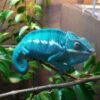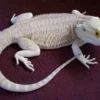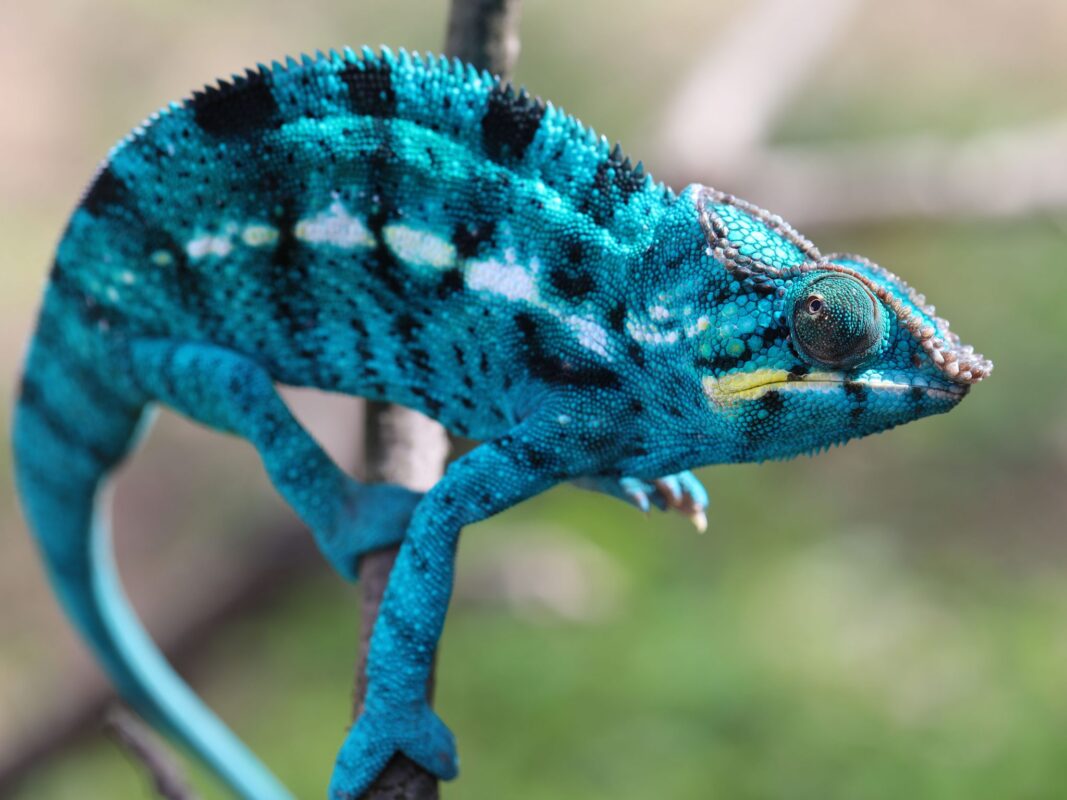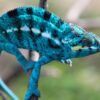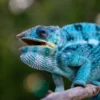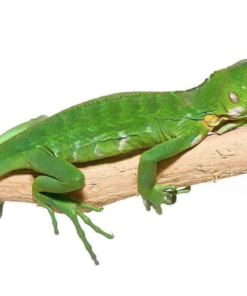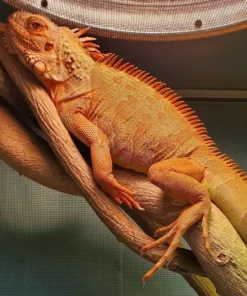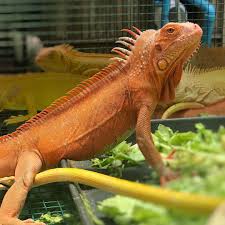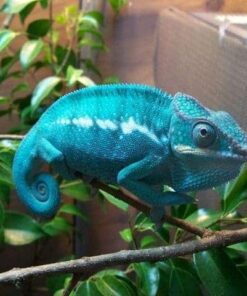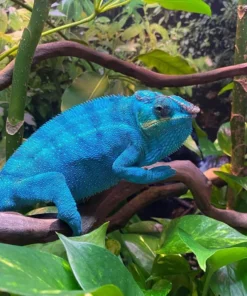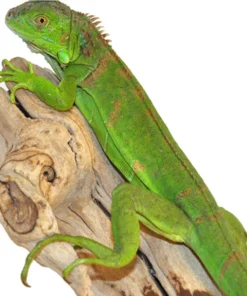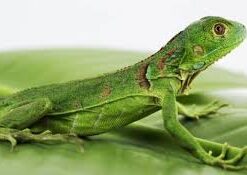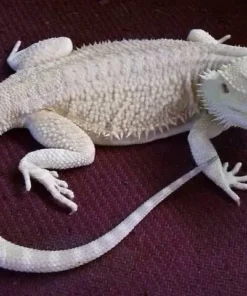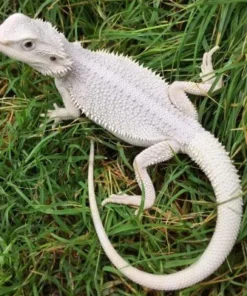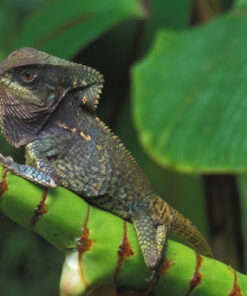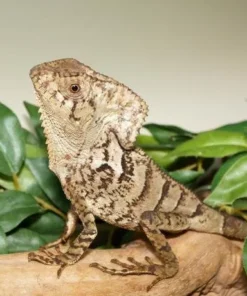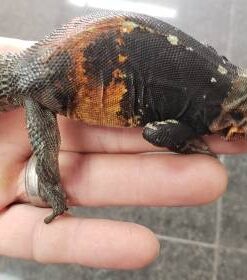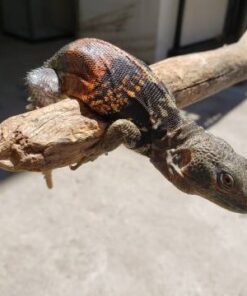$249.99
Furcifer pardalis Filed Collected Approximately 12-15 Inches In Total Length Females Available Get Your Pair Today One Of The Most Colorful Chameleons In The Species Precision Hunters Feeding On Vitamin Dusted Insects
Category: Lizards for Sale
Nosy Be Panther Chameleon: A Complete Guide for Reptile Enthusiasts
If you’re passionate about exotic reptiles, then the **Nosy Be Panther Chameleon** (Furcifer pardalis) should be at the top of your list. Known for their stunning colors, friendly demeanor, and relative ease of care, these chameleons are a popular choice among both novice and experienced reptile keepers. Whether you’re interested in purchasing a **male Nosy Be Panther Chameleon**, a **female Nosy Be chameleon**, or even a **baby Nosy Be Panther chameleon for sale**, this guide will provide you with everything you need to know.
What Is a Nosy Be Panther Chameleon?
The Nosy Be Panther Chameleon is a subspecies of the panther chameleon, native to Nosy Be Island off the coast of Madagascar. What makes the Nosy Be variety stand out is their vivid blue and turquoise coloration, which is among the most striking of all chameleon species. Male Nosy Be Panther Chameleons are known for their vibrant, neon-like colors, while females tend to be more muted, often displaying shades of brown, peach, or pale blue.
In terms of temperament, Nosy Be Panther Chameleons are generally docile and can adapt well to captivity. While they don’t necessarily enjoy being handled frequently, they can tolerate human interaction more than some other chameleon species, making them a fantastic pet for reptile lovers.
Why Choose a Nosy Be Panther Chameleon?
Chameleons, in general, are fascinating creatures, but the Nosy Be Panther Chameleon is truly something special. Here’s why you should consider adding one to your reptile collection:
1. **Color and Visual Appeal**: The Nosy Be Panther Chameleon is easily one of the most colorful reptiles in the world. Their shimmering blue and green hues are mesmerizing, making them a living piece of art in any reptile enclosure.
2. **Manageable Size**: These chameleons are not as large as the famous Parson’s chameleon but are still big enough to be impressive. Adult males typically grow to about 12-18 inches in length, while females are smaller, usually around 10-12 inches.
3. **Docile Nature**: While they aren’t pets that enjoy constant handling, Nosy Be Panther Chameleons are more tolerant of human interaction than many other reptiles. With proper care and minimal handling, they can thrive in captivity without undue stress.
4. **Breeding Opportunities**: For those looking to breed chameleons, Nosy Be Panther Chameleons offer plenty of opportunities. There is a constant demand for these reptiles, especially for **baby Nosy Be Panther chameleons for sale**. Breeding these creatures can be a rewarding venture both financially and personally, especially with the stunning variety of colors you can produce.
Buying a Nosy Be Panther Chameleon
If you’re looking for **Nosy Be Panther chameleons for sale**, it’s important to buy from a reputable breeder or store. The popularity of these chameleons has led to a thriving market, but not all sellers prioritize the health and well-being of their animals. Here’s what to look for when purchasing a Nosy Be Panther Chameleon:
1. **Captive-Bred vs. Wild-Caught**: It’s always best to purchase captive-bred chameleons. Not only are they typically healthier, but they are also more likely to adapt to life in captivity. Wild-caught chameleons can suffer from stress, parasites, and health issues, making them harder to care for.
2. **Gender**: When choosing a Nosy Be Panther Chameleon, you’ll have the option of purchasing either a **male Nosy Panther Chameleon** or a **female Nosy Be chameleon**. Males are generally larger and more colorful, making them the more popular choice for pet owners. However, if you’re interested in breeding, purchasing a female is a great option as well.
3. **Age**: Many reptile enthusiasts prefer to purchase a **baby Nosy Be Panther chameleon** so they can watch it grow and develop its vibrant colors. However, baby chameleons require more delicate care, so if you’re new to reptile ownership, you might want to consider an adult chameleon instead.
Caring for Your Nosy Be Panther Chameleon
Owning a Nosy Be Panther Chameleon comes with certain responsibilities. These reptiles require a carefully controlled environment to thrive, so it’s important to understand their needs before bringing one home.
Enclosure Requirements
Nosy Be Panther Chameleons need a spacious enclosure, particularly one with plenty of height for climbing. A minimum size for a single adult male would be 24″x24″x48″, while a smaller enclosure can be used for females. If you plan to keep multiple chameleons, ensure they each have their own enclosure, as they are territorial animals and can become stressed if housed together.
The enclosure should be well-ventilated, ideally made from mesh rather than glass to ensure proper airflow. Fill the enclosure with plenty of plants, branches, and vines for your chameleon to climb on. Live plants like Ficus, pothos, and hibiscus are ideal, as they not only provide cover but also help maintain humidity levels.
Temperature and Lighting
Proper temperature regulation is crucial for your chameleon’s health. Panther chameleons need a basking spot that reaches around 85-90°F, with a cooler area in the enclosure at 70-75°F. At night, the temperature should drop to around 65°F.
UVB lighting is essential for chameleons to synthesize vitamin D3 and properly metabolize calcium. Without proper UVB exposure, your chameleon could develop metabolic bone disease. Make sure to provide a high-quality UVB light that covers at least 50-75% of the enclosure, and keep the lights on for 10-12 hours a day.
Humidity and Hydration
Nosy Be Panther Chameleons thrive in humidity levels between 50-80%. You can achieve this by misting the enclosure several times a day and providing a drip system for hydration. Chameleons do not drink standing water, so it’s essential to create water droplets in their environment that they can lap up from leaves or surfaces.
Diet and Nutrition
Chameleons are insectivores, meaning their diet should consist mainly of live insects. Crickets, roaches, silkworms, and hornworms are all excellent choices. You should also dust their insects with calcium and multivitamin supplements to ensure they get the necessary nutrients.
Offer food daily for younger chameleons and every other day for adults. Be sure to gut-load your feeder insects (feeding them nutritious foods before offering them to your chameleon) to enhance their nutritional value.
Health and Common Issues
While **Nosy Be Panther Chameleons** are generally hardy, they can still suffer from a variety of health issues if not properly cared for. Some common health problems include:
1. **Dehydration**: Chameleons can easily become dehydrated, which can lead to sunken eyes and lethargy. Ensure that the humidity levels are appropriate, and that your chameleon has access to water through misting and a drip system.
2. **Metabolic Bone Disease (MBD)**: This condition occurs when a chameleon doesn’t get enough calcium or UVB exposure, leading to weak bones and other health issues. Regular calcium supplementation and UVB lighting can prevent this.
3. **Parasites**: If you purchase a wild-caught chameleon or if your enclosure isn’t properly cleaned, your chameleon could develop parasites. Regular vet checkups and good hygiene practices can help prevent this.
4. **Stress**: Chameleons are sensitive creatures, and too much handling, improper enclosures, or poor care can lead to stress. Stressed chameleons may exhibit signs like refusing food, turning dark colors, or becoming lethargic. It’s important to minimize handling and provide a stable, comfortable environment.
Breeding Nosy Be Panther Chameleons
If you’re interested in breeding chameleons, Nosy Be Panther Chameleons are an excellent choice. **Female Nosy Be chameleons** generally reach sexual maturity around 9-12 months of age, while males mature slightly later.
Before breeding, make sure both the male and female are healthy and of appropriate size. Introduce the **female Nosy Panther Chameleon** to the male’s enclosure, and observe their interactions carefully. If the female is receptive, the male will approach her slowly, and mating will occur.
After mating, the female will lay her eggs in a moist, sandy substrate. Incubation can take anywhere from 6-12 months, depending on temperature. Once the eggs hatch, you’ll have **baby Nosy Be Panther chameleons**, which you can either raise or sell.
Conclusion
The Nosy Be Panther Chameleon is a stunning, captivating reptile that makes for a rewarding pet. Whether you’re looking for a **baby Nosy Be Panther chameleon** or an adult, their vibrant colors and manageable size make them a popular choice for reptile enthusiasts. With the right care and attention to their needs, these chameleons can live for up to 7 years in captivity.
If you’re ready to add a Nosy Be Panther Chameleon to your collection, be sure to purchase from a reputable breeder or exotic pet store. Look for healthy, captive-bred chameleons to ensure a positive experience.
For those interested in breeding, these chameleons offer great potential. From **male Nosy Panther Chameleons** to **female Nosy Be chameleons**, their unique colors and docile nature make them a favorite among collectors.
No matter your level of experience, owning a Nosy Be Panther Chameleon can be a rewarding experience. The key is to provide the proper care, environment, and nutrition to ensure your chameleon thrives in captivity.
Purchasing Your Nosy Be Panther Chameleon
When you’re ready to buy, it’s crucial to select your **Nosy Be Panther Chameleon** from a reputable source. You’ll find that many breeders and exotic pet stores offer **Nosy Be Panther Chameleons for sale**, but not all sellers prioritize the health and well-being of their animals. A high-quality breeder will be transparent about their breeding practices, ensure the chameleons are captive-bred, and provide you with detailed care instructions.
Prices for Nosy Be Panther Chameleons can vary depending on the age, sex, and coloration of the animal. Typically, you’ll find that **baby Nosy Be Panther chameleons** are less expensive than fully grown adults, but they require more delicate care. Prices generally range from $200 to $600, depending on the source.
Final Thoughts
Whether you’re captivated by their mesmerizing colors, looking for a breeding opportunity, or simply want a unique addition to your reptile collection, the Nosy Be Panther Chameleon is an excellent choice. Their manageable size, stunning appearance, and relatively easy care requirements make them a favorite among chameleon enthusiasts.
Before bringing home your new pet, be sure to prepare a suitable environment, stock up on live feeders, and plan for the appropriate lighting and temperature needs. With the right care and attention, your Nosy Be Panther Chameleon can be a beautiful, rewarding pet for years to come.
If you’re looking to buy a **Nosy Be Panther Chameleon**, whether a **male Nosy Panther Chameleon**, **female Nosy Be chameleon**, or a **baby Nosy Be Panther chameleon for sale**, make sure you do your research and purchase from a trusted seller. By doing so, you’ll be well on your way to owning one of the most stunning and fascinating reptiles in the world!
Related products
Iguanas for Sale
$999.99
Chameleons for Sale
$199.99
Bearded Dragon for sale
$399.99
Chameleons for Sale
$249.99

